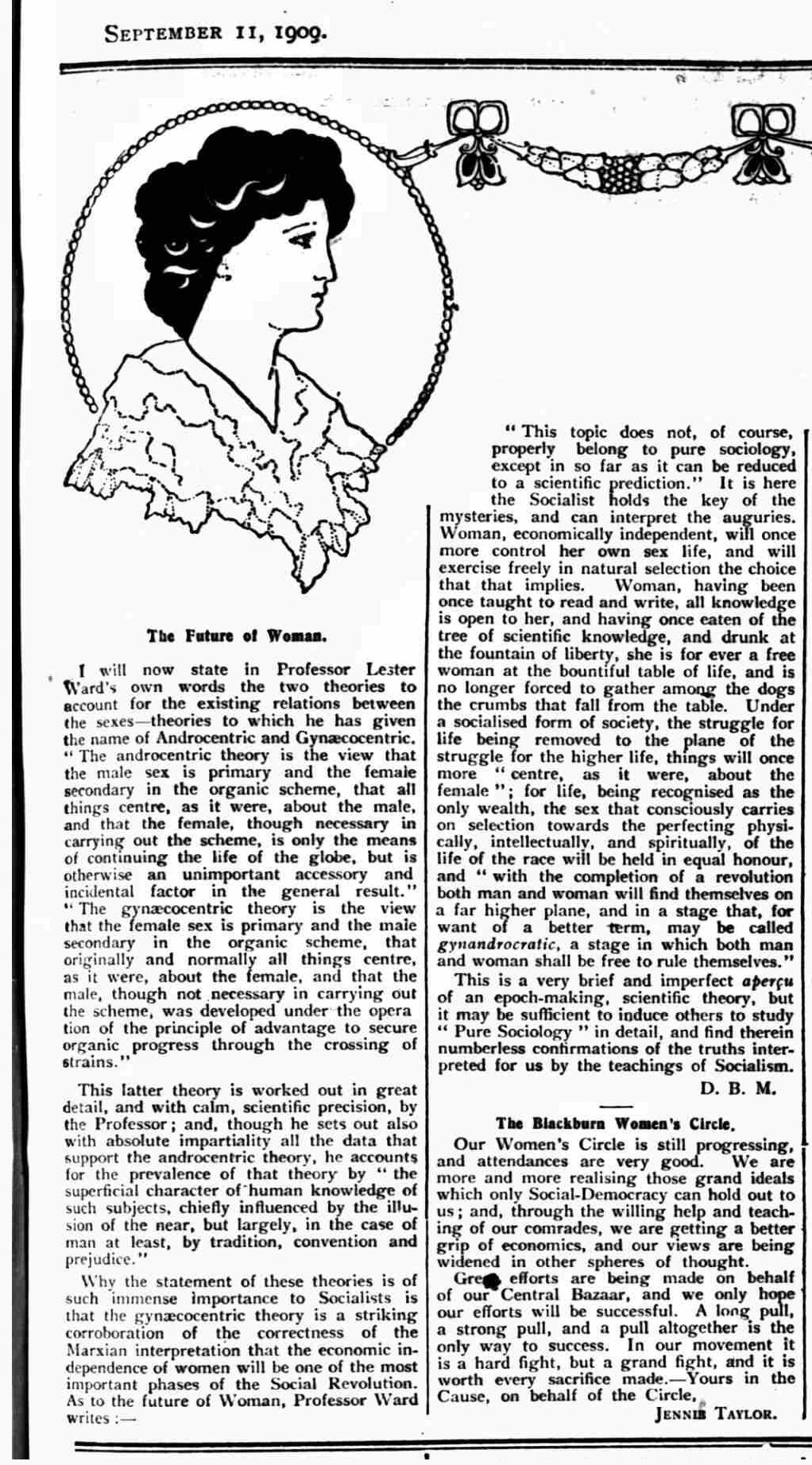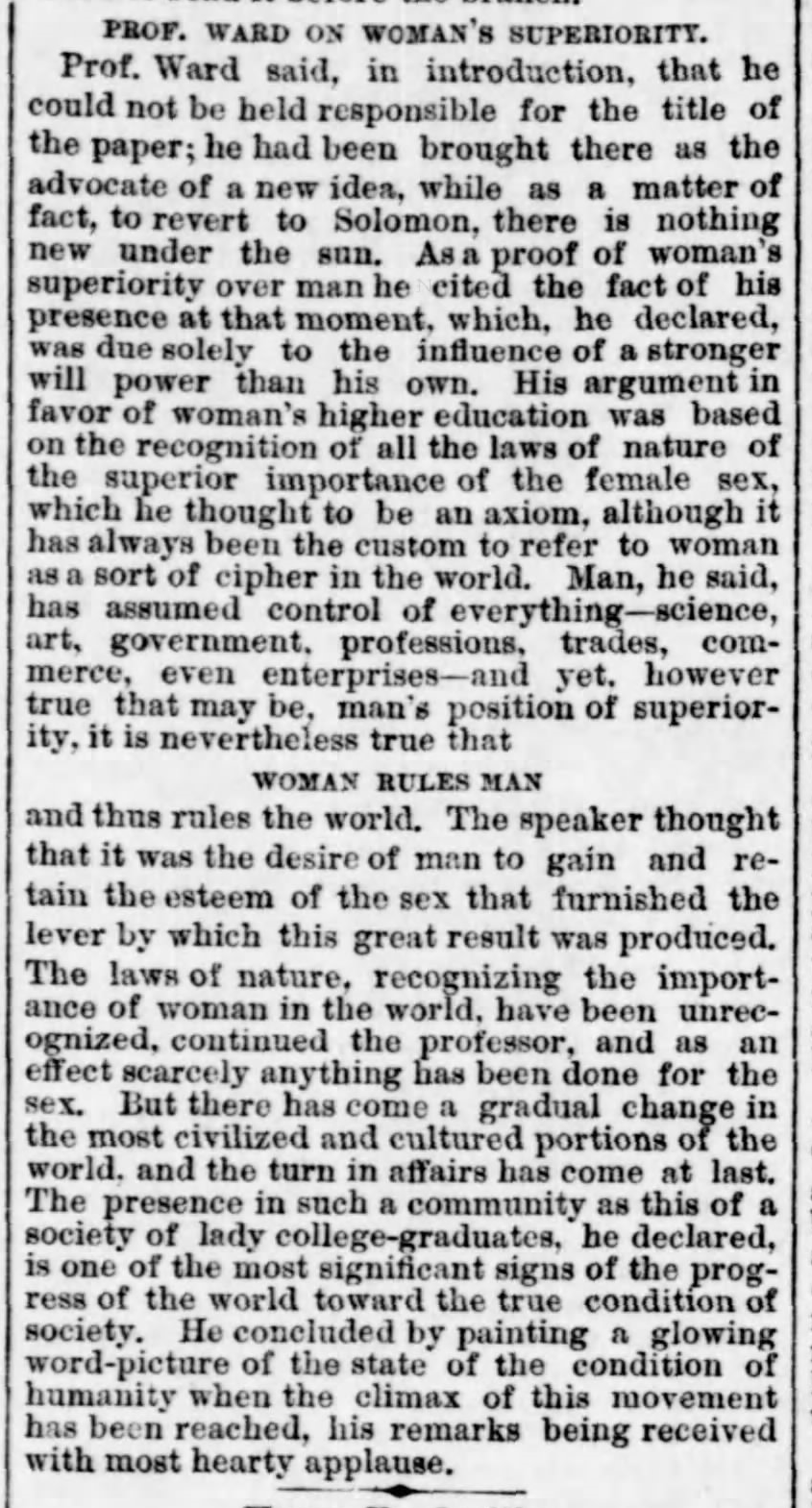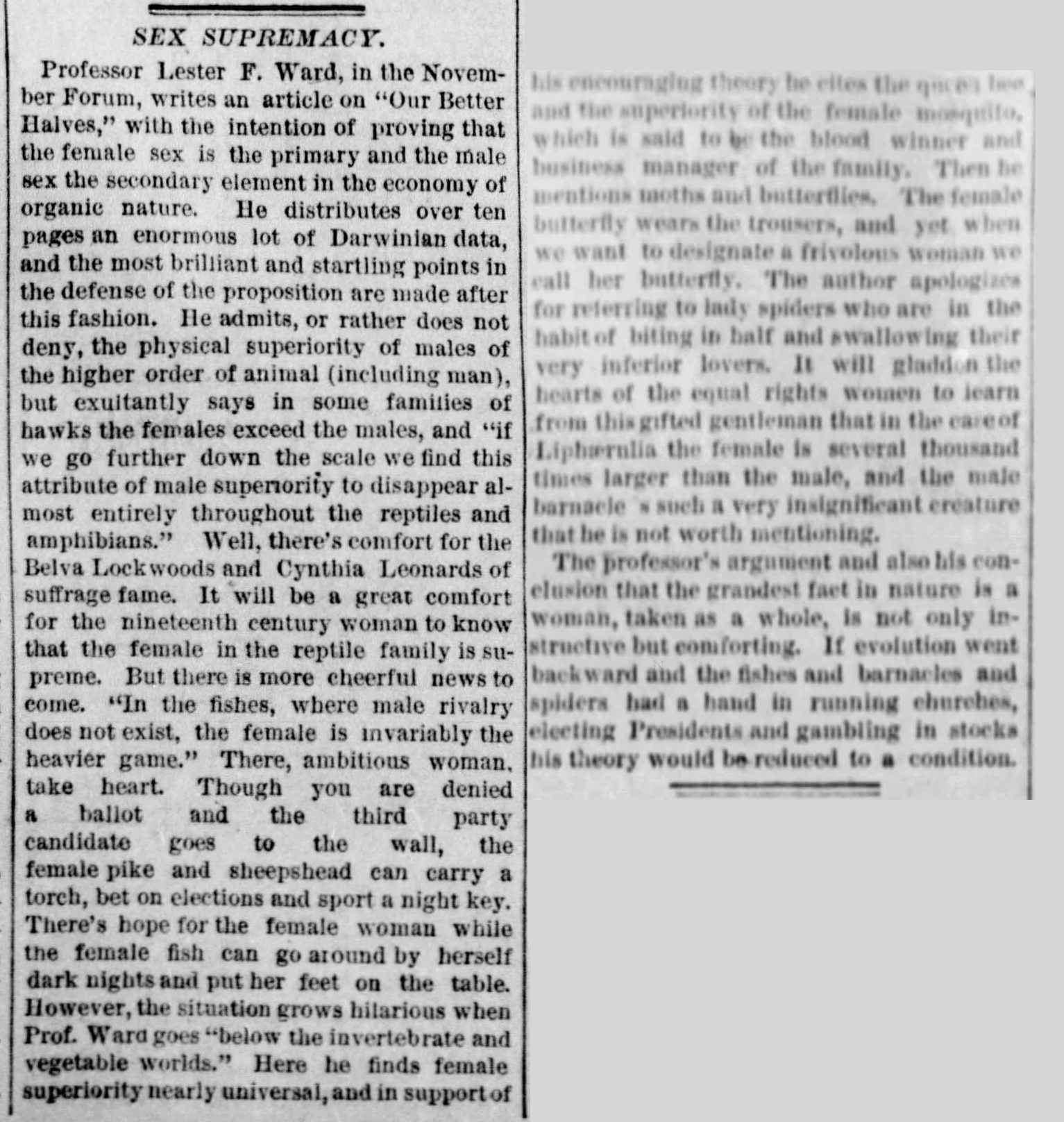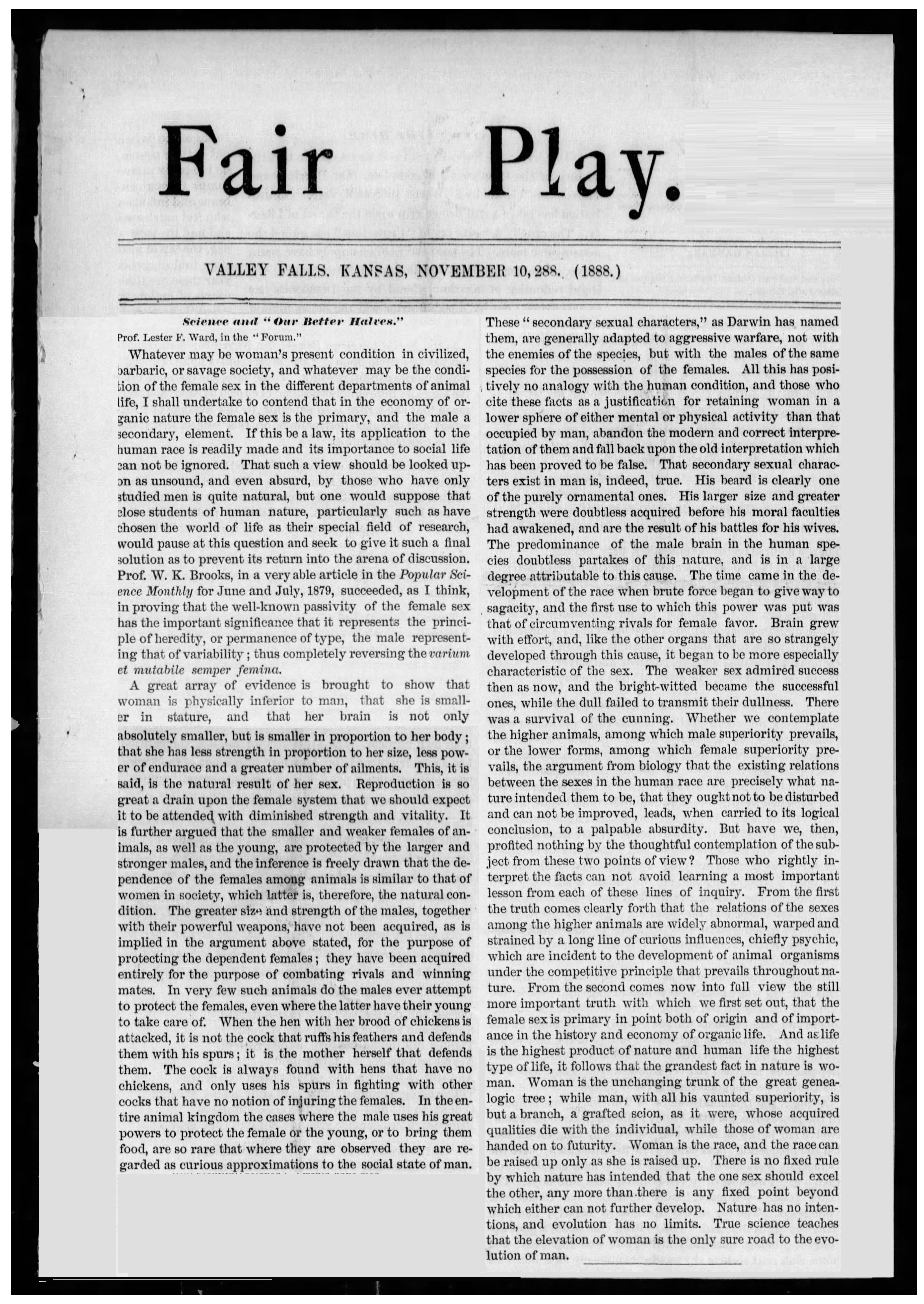In 2013 I introduced the terms Men’s Human Rights Movement (MHRM) and Men’s Human Rights Advocacy (MHRA) to an audience devoted to men’s issues, and since that time the phrase has come to enjoy a small place in the lexicon.
MHRA was introduced partly to indicate a different slant/s to that of many traditional MRAs, of which the following are a few points (note, these are generalisations which don’t apply to all MRAs):
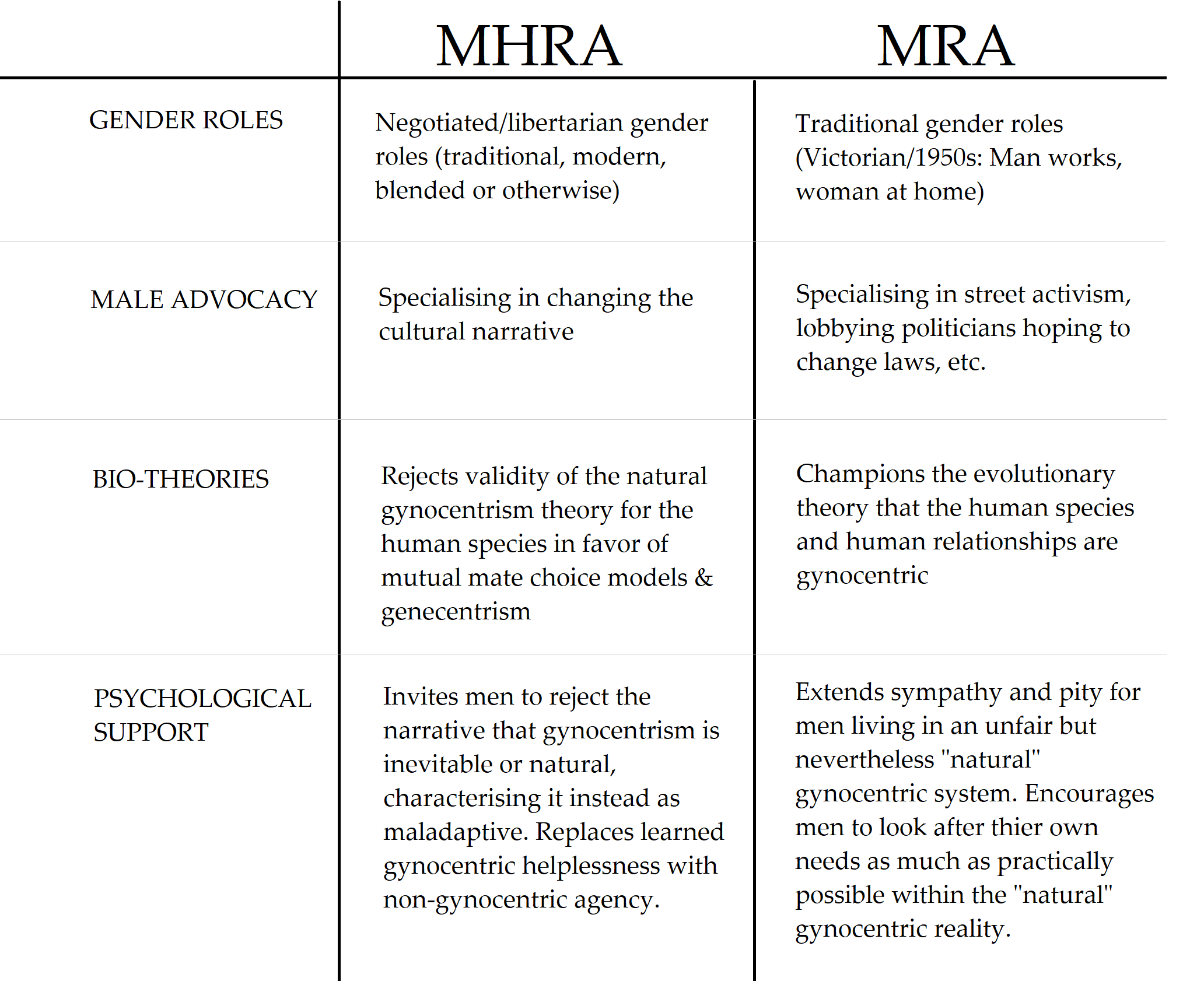
Another advantage of adding the word human in Men’s Human Rights Advocacy is it better qualifies that the rights being sought are human rights as differentiated from “patriarchal” or other rights, as imputed to the movement by feminists and other bad actors who wish to malign the movement.
The MRM has always been characterized by feminist critics as a regressive misogynist enterprise aiming for the revocation of women’s liberties and desiring women as property — i.e., to be “essentially barefoot, pregnant and chained to the kitchen.” This caricature has been generated by individuals who feel threatened by the more reasonable idea of men seeking to improve their lives.
Over the last decade the ‘MRM’ label has become increasingly identified with belief in natural gynocentrism, an ideology that views women as more important than men in the evolutionary scheme. Therefore the differences between MHRA and MRA can be summarized as advocacy for non-gynocentrism, vs. natural gynocentrism respectively: i.e., some MRAs see themselves as working within a natural gynocentric system to help men get a reasonable deal within its woman-centering parameters, whereas the MHRA position abandons the belief that humans must function within a bio-gynocentric system of relationships.
I’ve checked the science used by gynocentrism advocates and it’s thoroughly flawed; eg. Pretentious appeals to Robert Briffault and his non-existent ‘law’; the claim that humans are returning to hypothesised older layers of our genome shared with gynocentric gorillas and lions (pre Mutual Mate Choice models); or the claim that an increase in infanticide at the hands of women indicates they are evolutionarily more important than children or genes to successful reproduction. All of these arguments and more, including the examples of men going down on one knee to propose, or women’s hypergamy, can be better explained by a culturally driven rise of gynocentric narcissism.
Even the argument about women’s ova and wombs being sufficient for propagating the human species, with just a few men required as seed banks, is an unscientific fantasy of the narcissistic mind. Progeny of wombs stand little chance of survival without the infrastructure built by legions of men, even incel and bachelor men whose contributions to building infrastructure are equally vital for infant survival. We could say that men, collectively, are one giant paternal investment that would be unable to provide the necessary or reliable survival infrastructure if they were significantly reduced in numbers. What do we think would happen to world survival infrastructure today if the male population were reduced to 10% of the current number? Or perhaps halved to 50%? I would hope the answer to this is obvious.
The high numbers of people invested in these fallacies include narcissistically inclined women, male sycophants, politicians and grifting institutions. To check whether these believers are promoting the theory due to psychological capture, ask yourself if women promoting natural gynocentrism are showing any signs of narcissism? Equally, if a man promotes natural gynocentrism, ask yourself if he is showing any signs of trained sycophancy? These things are tells that we are dealing with maladaptive rather than adaptive behaviors.
Perhaps we could put it this way: does “gynocentric MRA” sound like an oxymoron to you? It should. Because it is. And on that basis that I find myself more reluctant to use the label, though I should underline that I speak for no one but myself. Put more simply, I cannot in good conscience support gynocentrism as a cornerstone of a men’s movement – that would be like accepting the married state is essential to living the MGTOW life.
I note that not all MRAs “believe” in the natural gynocentrism theory, even as many do, but a sufficient majority has influenced the understanding of how far we should take Men’s Rights Advocacy before infringing on supposedly sacrosanct models of bio-gynocentrism.
Lastly, I appreciate the many MRAs who care about or have pity for men and boys – this is not an attempt to dismiss their positive contributions nor an attempt to create needless division. The above thoughts are long percolated, and I share them only on the offchance that it makes some small difference in the narrative – perhaps being of assistance to a few men and women who are seeking a way out of the maze of Victorian era myths of gender.
See also:

